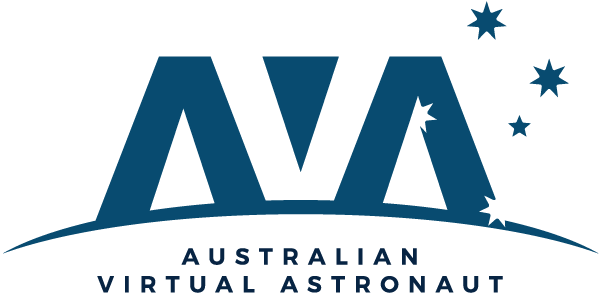Australian Virtual Astronaut Challenge
Mission 4 | Brainstorm
Find possible solutions
In Mission 4 of the 2022 Australian Virtual Astronaut Challenge, we look to find possible solutions through the process of brainstorming. Glenny-D from Splat 3D goes through the 3 keys for drawing in 3D and we catch up again with Nick De Leon to learn about Crazy 8’s.
Register for the 2024 challenge here

Introduction
What is “Brainstorm”?
This stage of the iSTEM engineering design process requires students to collaboratively pull together ideas that might solve the problem. The goal is to produce large quantities of ideas in a short amount of time.
Use the missions described below to commence solving one of the following scenarios;
- Earth Observation
- Robotics
- Home on the Moon
- Growing food in space
- AI in Space
Mission Brief
Key Questions for Students to consider
- How are you going to generate ideas?
- What information will you use to generate ideas?
- What strategies can you use to develop the most innovative ideas from your team?
- How can we make sure that all ideas are valued when working in a team?
- What makes this project innovative?
- What is the best way to communicate your ideas?
- How can you make the idea generation session inclusive
Possible Activities
- Use divergent thinking to produce as many creative ideas as possible.
- Utilise a range of idea generation techniques.
- Explore existing solutions to create new design ideas.
- Investigate potential technologies and techniques that could be used in the solution.
- Produce thumbnail sketches and annotated drawings of initial ideas.
- Communicate and share ideas.
Suggested Learning Sequence – Mission 4
Our expert curriculum designers have developed a suggested Mission 4 learning sequence for teachers. The following is for the full set of AVA resources, however, teachers are encouraged to only use activities that are most suitable for their own class and school setting.
Sub Mission 1: Setting the Scene Watch the introductory video for mission 4, that includes Nick De Leon.
Sub Mission 2: Sketching Your Ideas Learn how to sketch your ideas in 3D using the video from Glenny-D. Students to use the associated worksheet to practice their drawing skills.
Sub Mission 3: Sketching Provide students with the brainstorming sketching worksheet and get students to practice drawing thumbnail sketches. Note you could use this after Mission 4 or 5 or as part of that exercise.
Alternative Mission 4: Ideas Blitz Watch video by Ian Preston and Wendy Bode on how to do an ideas blitz. Provide students with the ideas blitz worksheets and get students to work through the exercises. Note you could get students one, some or all of the steps.
Alternative Mission 4: Crazy 8’s In the introductory video by Nick De Leon he discusses the Crazy 8’s design thinking exercise. As an alternative to the ideas blitz, you could get your students to use this ideation technique. Provide students with the Crazy 8’s worksheet and get students to work through the exercises.
Sub Mission 5: Scenarios Get students to watch the selected videos from their selected scenario to provide additional context for their project.


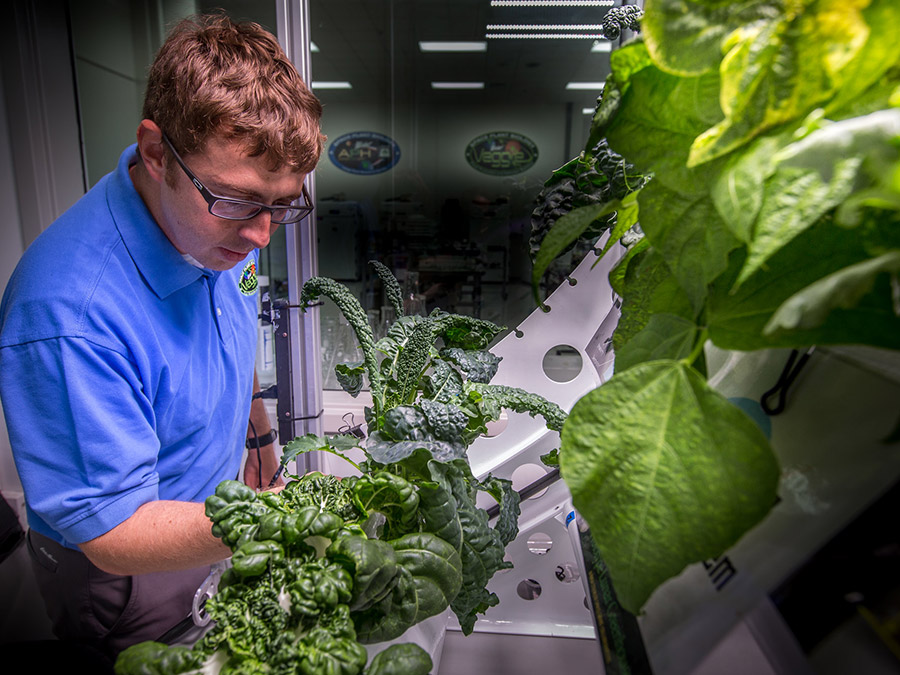

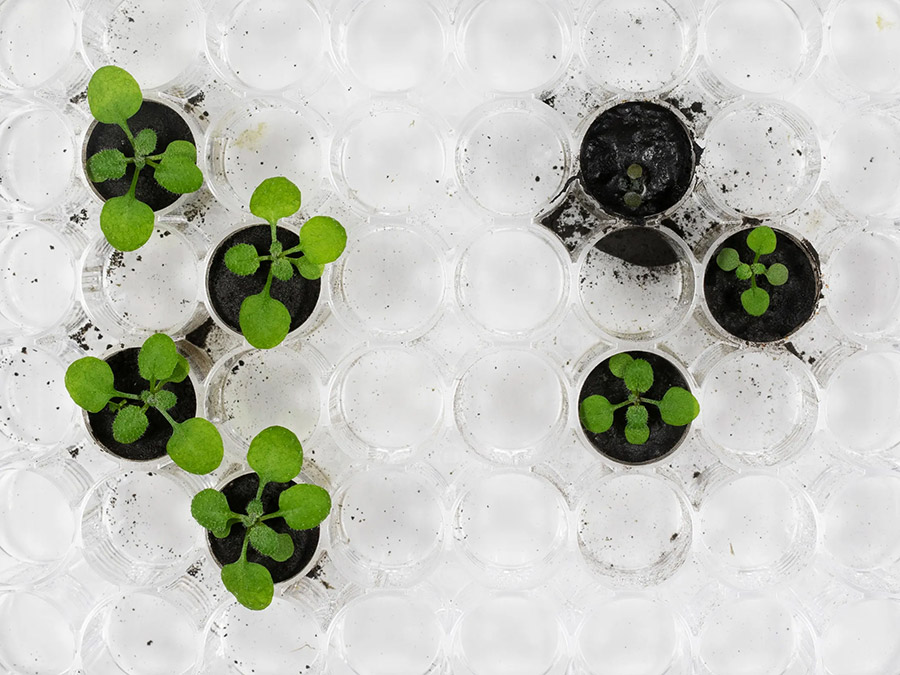

Downloadable Resources


Brainstorm – Sketch Your Ideas in 3D
This worksheet is to be used in conjunction with the Glenny-D video from Splat 3D. This worksheet has a template of shape to assist students to learn how to draw in 3D using basic shapes.
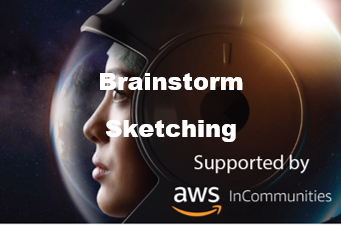

Brainstorm – Sketching Worksheet
This sketching worksheet is to be used after students have completed the previous drawing exercise with Glenny-D. Students are to practice producing annotated sketches of their ideas.
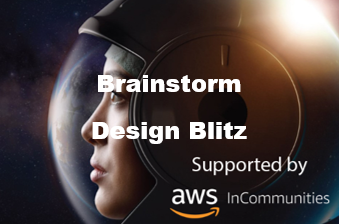

Brainstorm – Ideas Blitz
Students use the Ideas Blitz method developed by Dr Ken Hudson. It is a short, fast, semi-structured and productive tool to help students to come up with ideas. There are 5 potential steps for the ideas blitz.
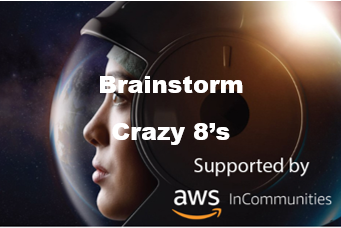

Brainstorm – Crazy 8’s
This worksheet accompanies our week 4 introductory video featuring Nick De Leon from the Royal Art College in the UK. Nick discusses the use of the Crazy 8’s brainstorming activity originally developed by Google.
All Scenarios – Resources
General background information for teachers and students to support challenge activities
Brainstorm – Sketching Your Ideas in 3D
In this video Glenny-D from Splat 3D takes you on a journey to discover the 3 keys for drawing in 3D. After watching this video students will be able to produce basic design sketches to help with the brainstorming process. (16:19 minutes)
Brainstorm – Ideas Blitz Instructions
Presented by Ian Preston Deputy Principal – NSW Virtual STEM Academy and Wendy Bode Deputy Principal – Queensland Virtual STEM Academy QLD Virtual STEM Academy (08:33 minutes)
Brainstorming in AWS Aerospace & Satellite Solutions
Brainstorming a solution for AI landing a rocket on the moon
Scenario 1: Earth Observations
Infrared vs visible satellite imagery
Why does the imagery of Australia differ during a weather broadcast? Why can one map show no cloud and another show a different picture? Its all about infrared vs visible light. Sky News Weather Meteorologist Tristan Meyers explains. (2:12 minutes)
How does NASA “see” thermal radiation?
Satellites can help scientists to study changes in temperature over time. Included is an experiment by Sir William Herschel that led to the discovery of infrared. that you can do to. (3:08 minutes).
Scenario 2: Robotics
Closing date for submissions: Semester 1- Friday 28 June 2024; Semester 2 – To be confirmed
Download the mission brief
AROSE – Brainstorming ideas
AROSE – Australian Remote Operations for Space and Earth consortium works to leverage existing remote operations expertise in the Australian resource sector and catalyse knowledge transfer between terrestrial and off-Earth domains. Newton Campbell, Director – Space Programs speaks with Ben Newsome from Fizzics Education on how AROSE brainstorms ideas. (3:24 Minutes)
Canadarm3 – a robotic arm for the Lunar Gateway
The Canadian Space Agency & MDA is working on Canadarm3 for the Lunar Gateway, where it will be highly autonomous and use advanced AI-enabled sensors in lunar orbit. Think about the complexity of this project and how the teams might have brainstormed ideas as they worked towards a robotics solution. (1:35 minutes)
Scenario 3: Home on the Moon
Home on the Moon Resources
This is the fifth video in a series that supports the Home on the Moon project created by Jim Christensen of ShareSpace Education, the K-12 arm of the Aldrin Family Foundation. More information can be found at AldrinFoundation.org. (04:00 minutes)
The challenge of space radiation
Charged particles can cause damage to the human body. NASA’s Human Research Program (HRP) is investigating these particles to solve one of its biggest challenges in mitigating space radiation effects on the body. (2:32 minutes)
Water is on the Moon – what does this mean?
Water is incredibly essential for humans to survive on the Moon. We now know small amounts of liquid water is on the Moon. Dr Alan Duffy discusses what this means for future exploration. (3:39 minutes)
Scenario 4: Growing Plants in Space
How Astronauts Plan to Grow Plants on the Moon.
When space biologists recently grew plants in actual moon soil, it was a game changer. Sharmila Bhattacharya, Chief Scientist for Astrobionics and head of the Biomodel Performance and Behavior laboratory at NASA Ames Research Center describes the work. (8:37 minutes)
Growing Fruits and Vegetables in Space
NASA scientists are looking into a way to grow plants in space to make long-term space travel sustainable. NBC News’ Joshua Johnson reports on how research partners at the University of Florida are growing plants in soil from the moon in an unprecedented experiment. (05:32 minutes)
Scenario 5: AI in Space
Future computing; neural networks & more
Derek Muller from Veritasium explores the history of computing & drops into AI startups to explore the future (21:41 minutes)
Machine learning – Brainstorming
Dr Sara Webb Astrophysicist, Swinburne University of Technology talks about how she brainstorms solutions for machine learning (2:14 Minutes)
AI & Space Exploration | Intel® AI Interplanetary Show | Intel Software
Bill Nye & Intel’s Hanlin Tang discuss AI in space exploration (3:50 minutes)
Scenario 6: Telecommunications in Space
Radio Regulations
Brearne Chen from Optus Satellite talks about radio regulations as part of engineering considerations (1:16 minutes)
LunaNet: Enhancing Connectivity and Empowering Missions at the Moon
NASA’s Space Communications and Navigation (SCaN) program has developed the LunaNet architecture to meet the needs of robust communications, navigation, and networking capabilities (2:56 Minutes)
Australian Virtual Astronaut Challenge
Next Mission | Design
The most promising solutions
Investigate options, refine ideas, create, communicate solutions and processes to solve problems.
